Ahead of the joint meeting of maritime and water directors on 29 November 2022, the Living Rivers Europe coalition is sending a letter to the water directors asking them to engage in the Council deliberations on the European Commission proposal for the Nature Restoration Law to:
● Raise the barrier removal target to 15% of EU river length (178,000 km) restored to a free-flowing state by 2030 and make it legally binding;
● Remove the highlight given to exemptions to the Water Framework Directive objectives and TEN-T regulation to ensure proper implementation;
● Prioritise barrier removals according to the ecological potential of the removal, in particular the connectivity between marine and freshwater ecosystems;
● Increase the intermediary percentage targets laid out in Article 4 for the restoration and re-establishment of areas and the restoration of habitats of species, and shorten the timeline for reaching 100%, as this article also covers some freshwater ecosystems and those restoration actions would also complement the action on river connectivity;
● Recognise the need to expand the EU financing support available for free-flowing river restoration in addition to the sources identified in the EU Guidance on barrier removal for river restoration, for example, through the establishment of dedicated funding for nature restoration, pursuant to the mid-term review of the Multiannual Financial Framework.
Around exemptions from the WFD objectives :
● Make full use of the measures provided by the Water Framework Directive and other EU rules to bring Europe’s waters to good status as soon as possible and by 2027 the latest
● Do proper cost benefit analysis before applying exemptions and include long-term costs such as costs related to climate change in the decision-making
● Do proper economic analysis and put in place economic instruments for cost recovery for the coal sector, including mine drainage fees and adequate fees for cooling water abstraction that account for the external costs of operation. Earmark the revenues for restoration measures.
Read letter
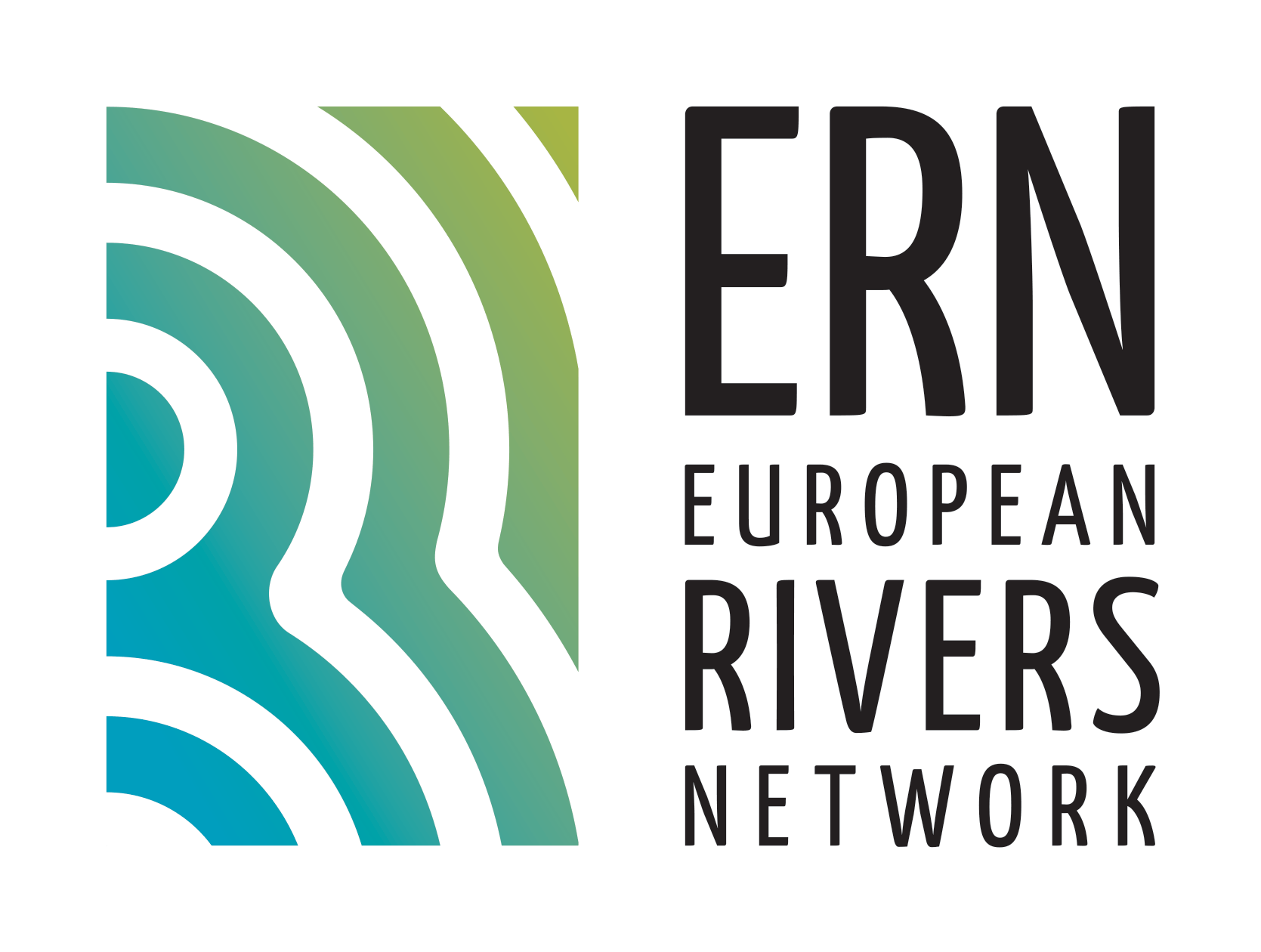
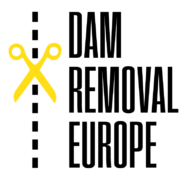

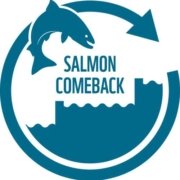
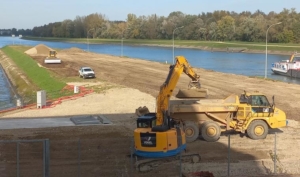
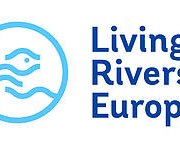
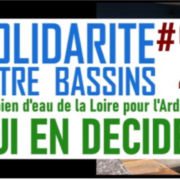
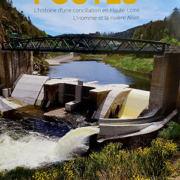
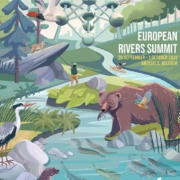
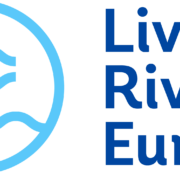
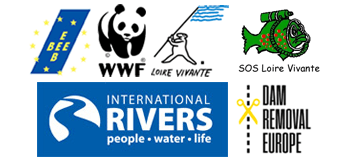 ERN is the official WWF Freshwater Partner in France and cooperates with WWF Switzerland, Austria, Netherlands and others
ERN is the official WWF Freshwater Partner in France and cooperates with WWF Switzerland, Austria, Netherlands and others